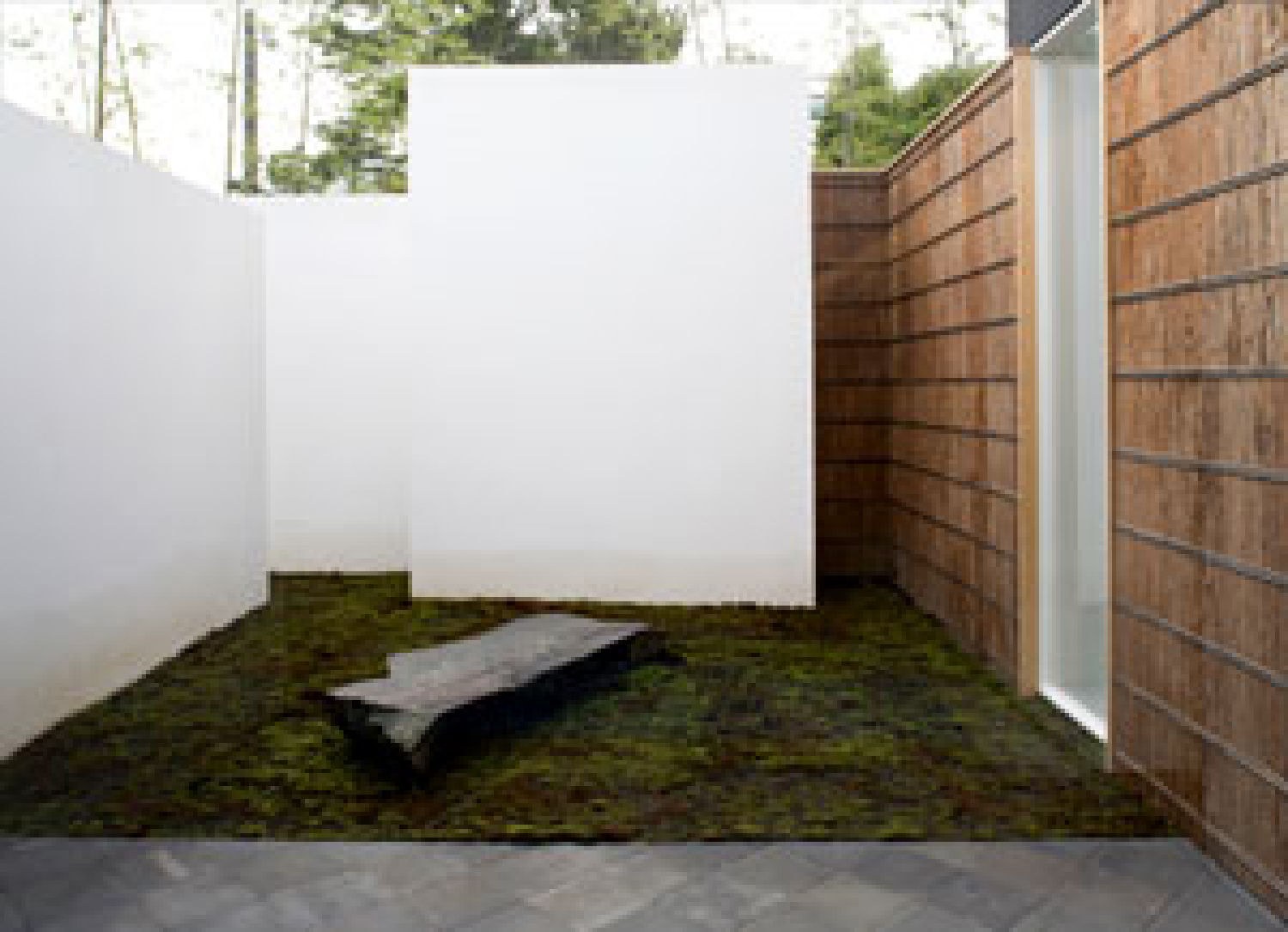
About
Clematis no Oka is located in the foothills of Mt. Fuji and overlooks the mountains of the Izu Peninsula. The museum is a comprehensive cultural complex that is comprised of Bernard Buffet Museum, Vangi Sculpture Garden Museum, and Literature Museum for Yasushi Inoue. The museum grounds includes gardens and restaurants. In October 2009 IZU PHOTO MUSEUM opened as a new addition to the complex. Contemporary artist Hiroshi Sugimoto designed the new addition’s interior and gardens.
The new museum will focus on curating exhibitions that delve into the research of historical and social conditions surrounding photography and film, two media that have evolved continually and with great speed since the late nineteenth century. Through our exhibitions, we hope to enrich everyday life through understanding human life and the world of artistic expression.
- Name
-
IZU PHOTO MUSEUM
*The official name of the museum is in English. - Operating Policy
- The museum focuses on curating exhibition programs while developing an international network connecting with art museums, organizations, individuals and other cultural institutions. The museum will make an effort to be as accessible to the public as possible by organizing symposiums, workshops, and other events.
- The museum focuses on curating exhibition programs while developing an international network connecting with art museums, organizations, individuals and other cultural institutions. The museum will make an effort to be as accessible to the public as possible by organizing symposiums, workshops, and other events.

